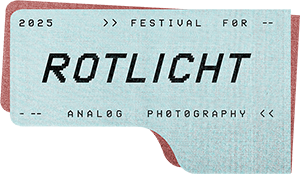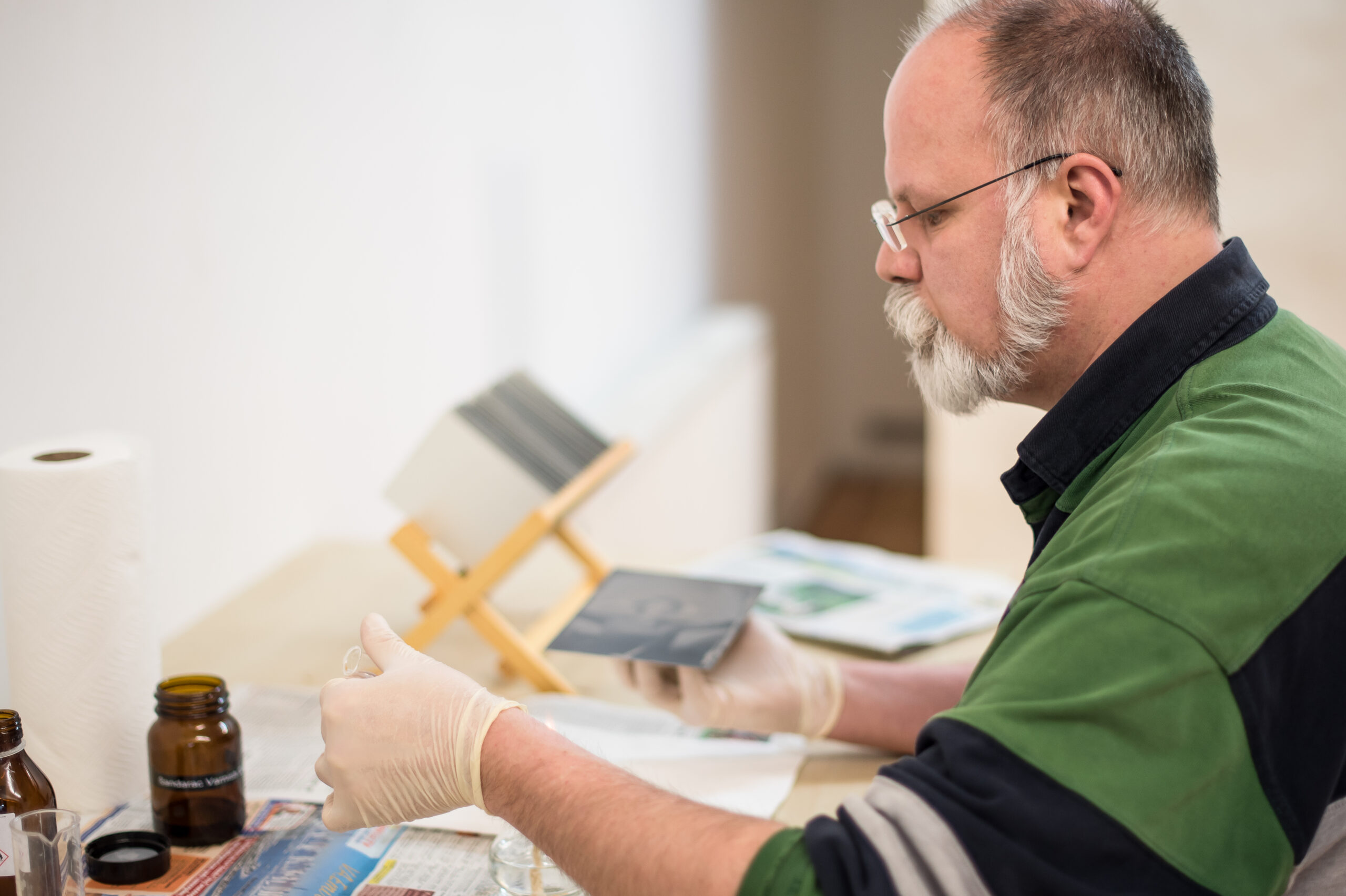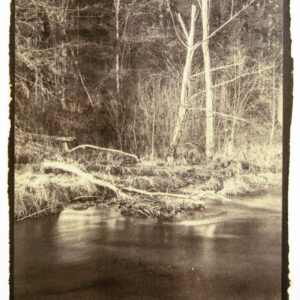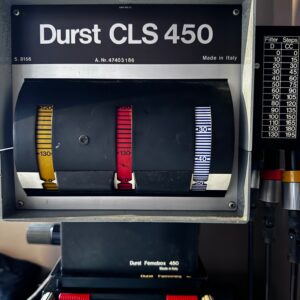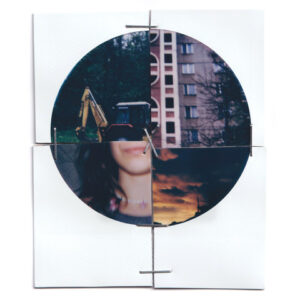ALBUMEN AND SALT PRINT
TORSTEN WIECZOREK
Henry Fox Talbot invented salt printing in 1839 using paper, silver nitrate and light to create images. In this practical workshop participants will go through the whole process of cyanotype and salt print and will explore its application in their own artistic activity.
Albumen prints have the pleasant characteristic of keeping the silver image on the surface of the paper and giving the image brilliance and sharpness. With the technique of salt printing it was for the first time possible to create an unlimited number of prints from a single negative; however, the disadvantage of salt printing was that it never had the brilliance and sharpness of daguerreotypes, for example, because the emulsion penetrated the paper and the images often appeared soft and dull. This disadvantage was only eliminated in 1850 by the Frenchman Desire Blanquart-Evrard, who used albumen as the image-carrying layer and enabled the prints to achieve an unprecedented brilliance.
Our workshop is for beginners. After a quick introduction to the history of salt prints and how they are created, you will be shown how to safely mix and coat paper and then expose your design to uv-light to produce beautiful art. You will be guided in design composition and shown how to create visually pleasing artwork step-by-step.
Part 1
- What is albumen and salt print?
- Science behind albumen and salt printing
- How to make albumen and salt prints
Part 2
- Photo emulsions for albumen and salt prints
- Photo papers
- About negatives
- Toning
- How to adapt the process to other surfaces than paper
- Albumen and Salt Printing in contemporary Art
The workshop will be held by Torsten Wieczorek and will take place with at least 2 binding registrations.
The number of participants is limited to max. 8 participants.
Costs: 220,- € per person
The workshop will take place with at least 2 binding registrations.
